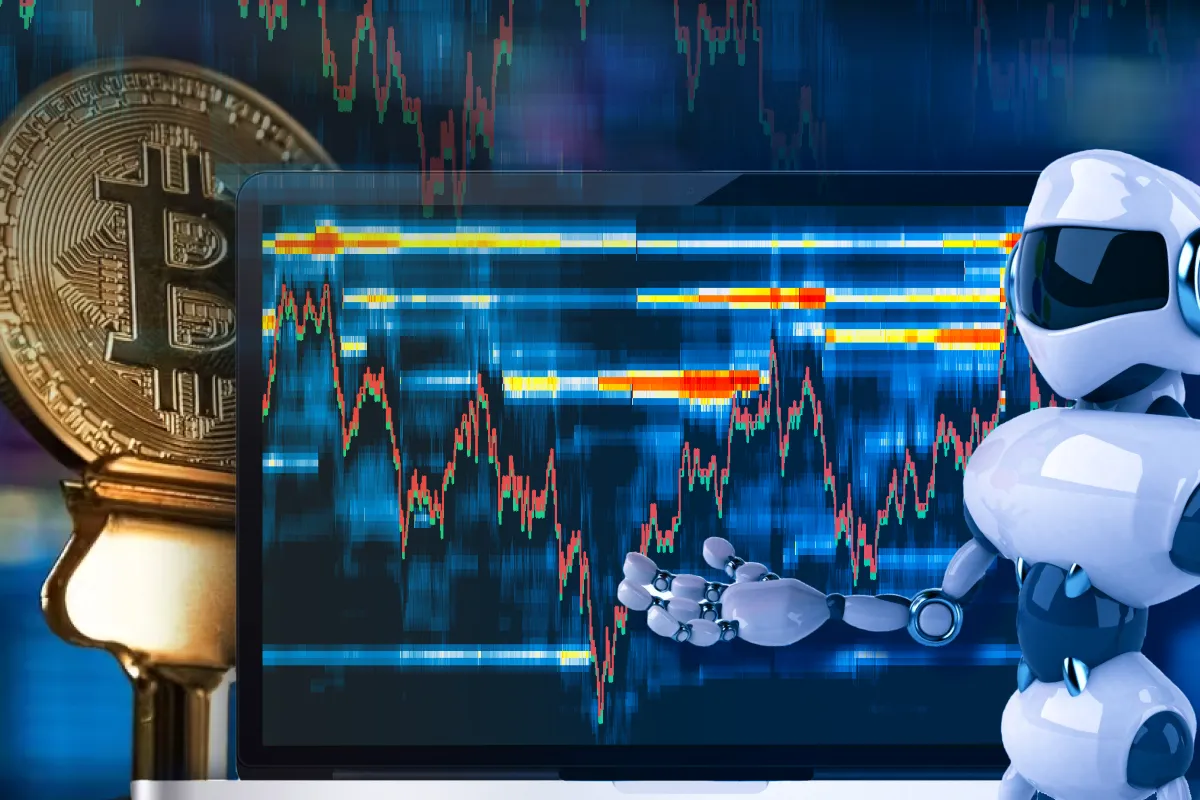Bot algorithm for the exchange

Financial markets are evolving at a rapid pace, and automation is becoming increasingly important. Traders are turning to trading bots—specialized programs capable of executing trades without human intervention. However, at the core of any such program lies the most crucial component—the algorithm.
A trading bot’s algorithm can be viewed as a set of rules that guide its decision-making process. These rules are formed in advance and specify what the bot should do in specific situations. For example, if the price of an asset drops to a certain level, the bot buys the coin; if it rises above a predetermined point, it sells. In this way, the program operates strictly according to instructions, eliminating emotions that often interfere with human trading.
The main steps in the algorithm’s operation include collecting market data, analyzing it, and executing trades. First, the bot receives information about prices and trading volumes. Then, it applies mathematical models or technical indicators to determine whether to enter a trade. Finally, it places buy or sell orders and monitors the outcome.
It’s important to note that the bot’s effectiveness directly depends on the quality of its algorithm. If the rules are too simple, it won’t be able to account for all market changes. Conversely, if the algorithm is overly complex, the risk of errors and delays increases. Therefore, creating a trading bot requires careful tuning and ongoing performance monitoring.
The trading algorithm is a clear sequence of actions by which the program makes decisions on the exchange. You can think of it as a step-by-step instruction manual, where each condition is predefined.
The algorithm’s work is built around three main stages:
- Data collection — the bot gathers current prices, trading volumes, and other market indicators.
- Situation analysis — the program compares the incoming data to predefined conditions. For example, if the price drops below a specific level, it signals a buy.
- Executing the trade — the bot places a buy or sell order and oversees its execution.
In summary, the core principle of the algorithm is that it responds to market changes based on preset rules. It’s not influenced by emotions, works quickly, and can trade 24/7. However, its effectiveness depends on how well the conditions are set up in the algorithm.
Thus, a trading bot’s algorithm is the heartbeat of automated trading. It enables rapid, disciplined, and consistent action. But at the same time, such a tool remains just an assistant: without smart analysis and oversight from a human, even the most sophisticated bot cannot guarantee consistent success.